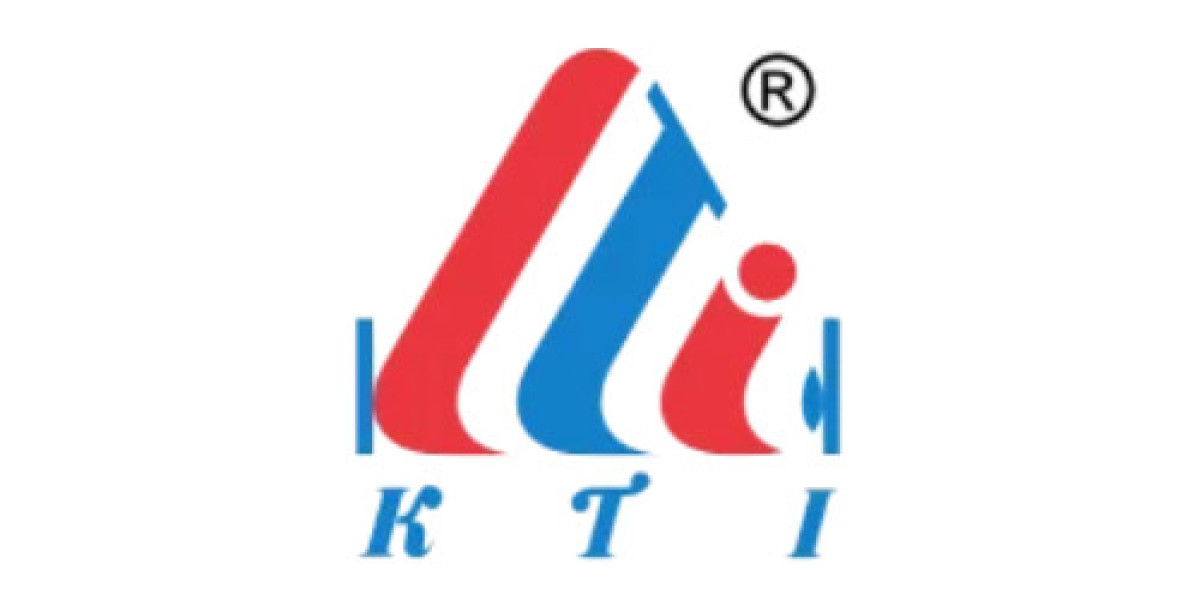In today's world, businesses are increasingly relying on Software as a Service (SaaS) applications for various functions, from communication tools to customer relationship management (CRM) platforms. While these cloud-based solutions offer convenience, scalability, and reduced infrastructure costs, they also come with an array of security concerns. One of the best ways to ensure the integrity of these platforms is through SaaS application penetration testing.
What is SaaS Application Penetration Testing?
Penetration testing (or ethical hacking) is a simulated cyberattack performed by security professionals to identify vulnerabilities in software applications. When applied to SaaS platforms, penetration testing specifically aims to detect weaknesses in cloud-based services, APIs, and the surrounding infrastructure. These vulnerabilities can be exploited by malicious actors, leading to data breaches, loss of customer trust, and legal repercussions.
Why is Penetration Testing Important for SaaS Applications?
- Cloud Environment Complexity: SaaS applications operate in the cloud, where data and services are hosted on shared infrastructure. This setup introduces additional security challenges compared to traditional on-premise systems. Penetration testing helps identify misconfigurations, insecure interfaces, and potential entry points for hackers.
- Growing Target for Hackers: As more businesses rely on SaaS solutions, they become increasingly attractive targets for cybercriminals. Attackers may exploit weaknesses in the application or the underlying cloud platform, which could expose sensitive customer and business data.
- Compliance Requirements: Many industries have strict data protection regulations (like GDPR, HIPAA, and PCI DSS) that require SaaS providers to ensure their applications are secure. Regular penetration tests help ensure compliance with these standards and avoid penalties.
Key Areas to Focus on During a SaaS Penetration Test
- Authentication and Authorization: A crucial aspect of SaaS security is ensuring that only authorized users can access sensitive data. Penetration testers examine login mechanisms, password policies, multi-factor authentication (MFA), and role-based access control (RBAC) to identify weaknesses that could be exploited.
- API Security: Many SaaS applications offer APIs that allow third-party integrations. These APIs can be a common target for attackers. Penetration testers evaluate the APIs for vulnerabilities such as improper input validation, insufficient authentication, and excessive permissions.
- Data Storage and Encryption: Sensitive data stored in cloud environments must be protected with strong encryption methods. Penetration testing evaluates how data is stored, transmitted, and accessed to ensure encryption standards are upheld both in transit and at rest.
- Cloud Infrastructure: SaaS applications often rely on cloud providers like AWS, Azure, or Google Cloud. Penetration testers assess the underlying infrastructure for misconfigurations, weak security settings, and potential entry points that could be exploited to gain access to sensitive data.
- Business Continuity and Incident Response: Testing also involves evaluating the application’s ability to detect, respond to, and recover from potential security incidents. This ensures that even if an attack occurs, the service can quickly mitigate the impact and resume operations.
The Process of SaaS Application Penetration Testing
- Planning and Scoping: The first step is to define the scope of the penetration test. This includes identifying which aspects of the SaaS application will be tested, such as user authentication, APIs, and cloud infrastructure.
- Reconnaissance: Security experts gather information about the target application, its components, and the underlying infrastructure. This phase may involve scanning for open ports, analyzing the application’s architecture, and identifying potential vulnerabilities.
- Exploitation: Once vulnerabilities are discovered, the penetration testers attempt to exploit them to determine the potential impact. This could involve attempting to bypass authentication, gain unauthorized access to data, or escalate privileges.
- Reporting and Remediation: After the test, a detailed report is provided, outlining the vulnerabilities discovered, the methods used to exploit them, and recommendations for mitigating risks. Organizations can then implement fixes to enhance the security of the application.
- Re-testing: After remediation, it’s crucial to re-test the application to ensure that the vulnerabilities have been successfully addressed and that no new issues have been introduced.
Conclusion
SaaS application penetration testing is a critical practice for safeguarding cloud-based services. As the reliance on cloud technologies grows, so does the need for robust security measures. By proactively identifying and addressing vulnerabilities, businesses can better protect their data, maintain customer trust, and comply with industry regulations. Regular penetration testing should be a cornerstone of any organization’s security strategy to defend against evolving cyber threats.
For businesses using or developing SaaS applications, the value of a comprehensive penetration test cannot be overstated. It’s an investment in ensuring the integrity, confidentiality, and availability of critical digital services.









